Vegetables play a vital role in a balanced diet, offering a wide range of nutrients, textures, and flavors that support overall health. Some are nutritional powerhouses, packed with fiber, vitamins, and antioxidants that make them ideal for daily consumption. Others, while still beneficial, are better enjoyed in moderation due to factors like higher starch content or lower nutrient density.
Knowing which vegetables to prioritize can help you make smarter choices in your everyday meals. Here’s a breakdown of which ones deserve a regular spot on your plate and which are best reserved for occasional enjoyment.
1. Kale
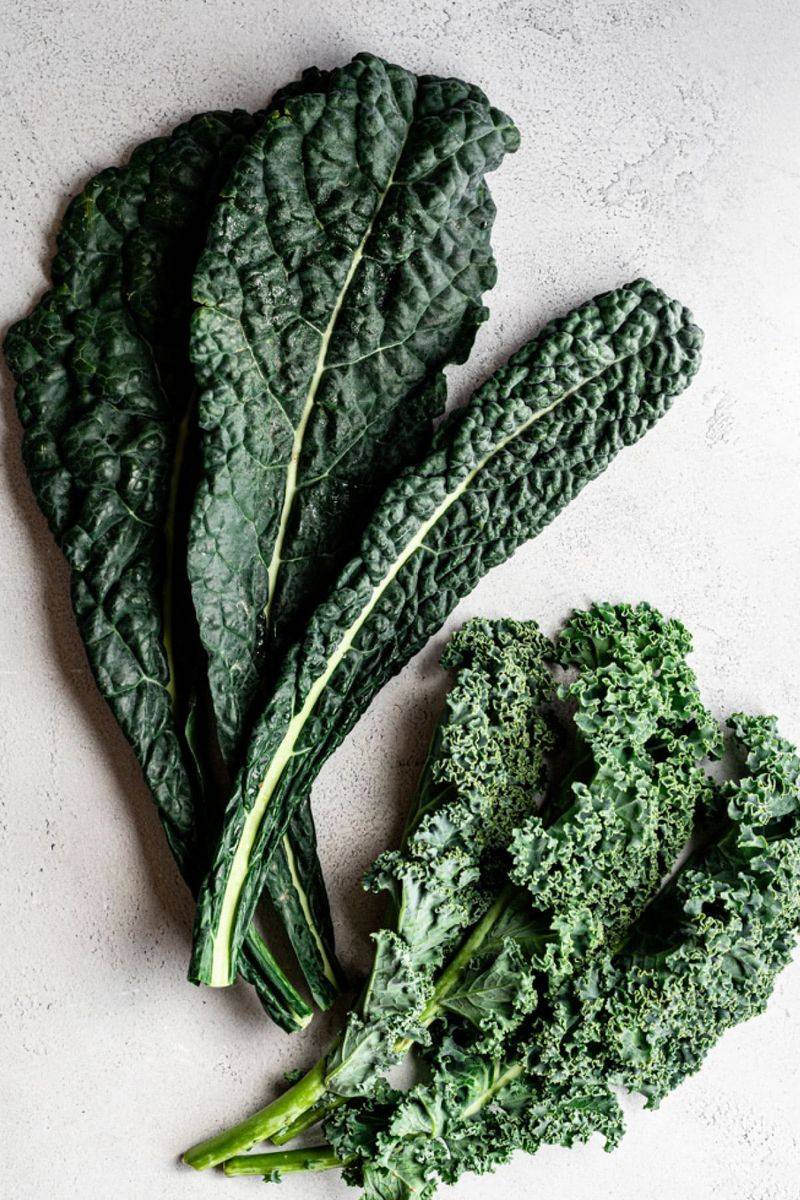
Renowned for its dense nutritional profile, kale is a superfood that deserves a place on your plate daily. With vitamins A, K, and C, along with substantial calcium content, it supports bone health and boosts immunity. Its rich, earthy taste can enhance smoothies, salads, and soups.
Packed with antioxidants, kale aids in reducing inflammation and combatting oxidative stress. Its versatility in recipes makes it a satisfying choice. Did you know? Kale was a staple in the medieval diet, proving its long-standing value. Ensure kale is washed thoroughly to remove any grit.
2. Spinach
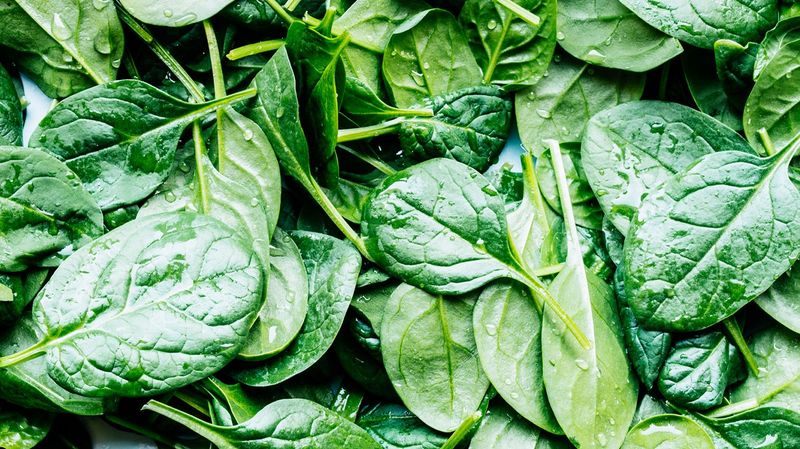
With its mild flavor and tender texture, spinach pairs well with nearly any dish. Rich in iron and vitamin K, it plays a crucial role in maintaining strong bones and robust blood health. Whether incorporated into omelets or sauteed as a side, spinach is a versatile addition to meals.
Interestingly, it’s a favorite among cartoon characters for its strength-boosting powers. Its high fiber content aids digestion and keeps you full longer. Harvested at its peak, spinach brings a touch of green vitality to your diet, making it a daily must-eat.
3. Brussels Sprouts
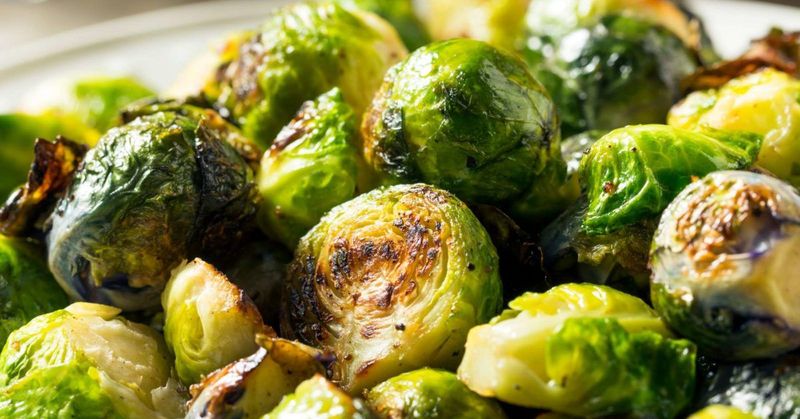
Often misunderstood, Brussels sprouts are little powerhouses of nutrition. Cruciferous by nature, they contain compounds that may help prevent cancer. Roasting brings out their sweet, nutty flavor, making them a delightful side dish.
Their high fiber content promotes digestive health, while vitamin K supports bone density. Don’t let their small size fool you; they pack a nutritional punch. Incorporating Brussels sprouts into your diet several times a week can contribute to overall wellness.
4. Sweet Potatoes
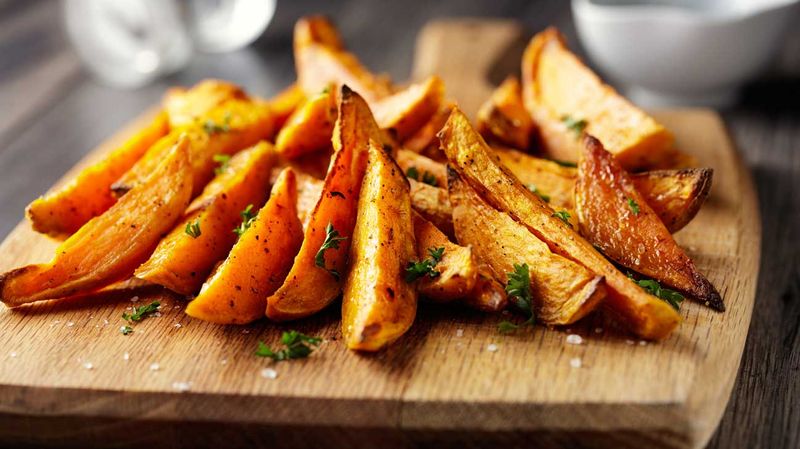
Sweet potatoes are not just delicious; they’re a nutritional star. High in beta-carotene, they support eye health and immune function. Their natural sweetness makes them a family favorite. These roots are versatile, perfect for baking, mashing, or frying. Surprisingly, they belong to the morning glory family, not the potato family.
Their complex carbohydrates provide sustained energy, making them an excellent choice for athletes. With a history of cultivation dating back thousands of years, sweet potatoes remain a dietary staple worldwide. Enjoy them roasted for a caramelized treat.
5. Broccoli
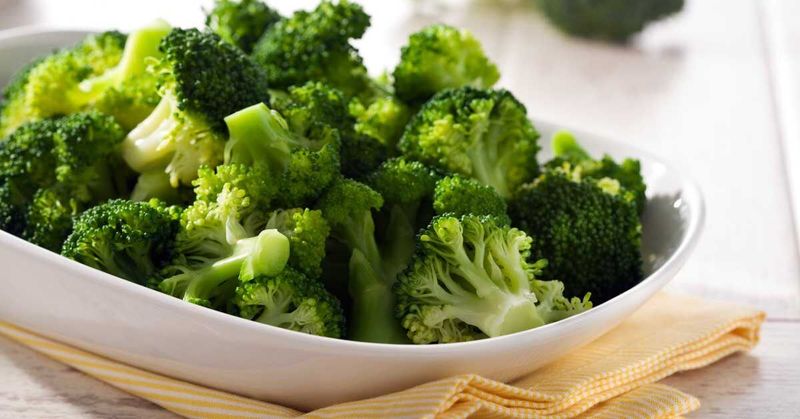
Broccoli is a cruciferous vegetable beloved for its cancer-fighting properties and high vitamin C content. Steaming preserves its nutrients, making it a healthy addition to any meal. Its crunchy texture and slightly bitter taste complement a variety of dishes.
This vegetable supports detoxification processes in the body, enhancing overall health. For picky eaters, adding cheese or spices can improve its appeal. Incorporating broccoli into daily meals is a step towards a healthier lifestyle.
6. Bell Peppers

Colorful and crunchy, bell peppers are a feast for the eyes and a boost for the body. Packed with vitamins A and C, they enhance immune function and skin health. Their sweet, juicy flavor adds a delightful crunch to salads and stir-fries.
Surprisingly, bell peppers come in a variety of colors, each with its own unique taste profile. Originating in Central and South America, they have been cultivated for thousands of years. Incorporating them into your diet can provide an antioxidant-rich punch. Perfect for snacking or cooking.
7. Beets
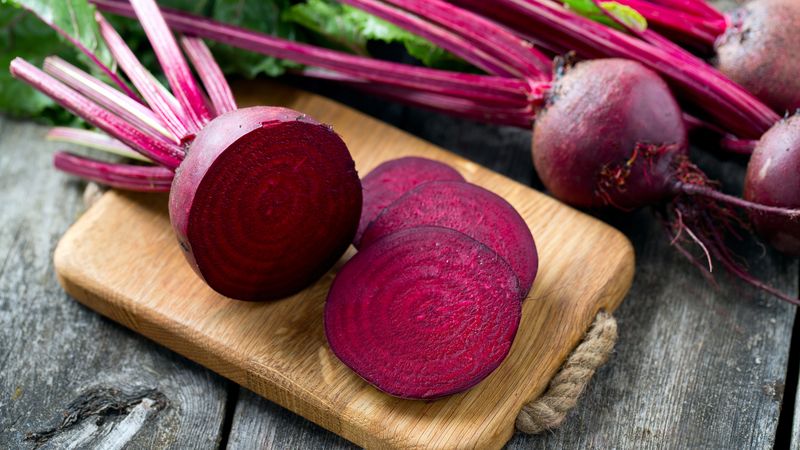
Beets are a striking root vegetable known for their deep color and earthy sweetness. Rich in nitrates, they improve blood flow and lower blood pressure, making them heart-healthy. Their vibrant hue can liven up any dish.
Roasted, they develop a rich, caramelized flavor, perfect for salads or as a side dish. Their folate content supports cellular growth and repair. Embrace beets for their bold color and health benefits. Best enjoyed fresh and organic.
8. Carrots

Carrots, with their bright orange hue, are a staple in many kitchens. They are an excellent source of beta-carotene, crucial for vision and skin health. Raw, they’re crunchy and sweet, while cooking brings out their natural sugars.
Their versatility shines in soups, salads, and snacks. Incorporating carrots into your diet can boost your intake of antioxidants and fiber. Enjoying them in various forms can add both nutrition and color to your meals.
9. Cauliflower
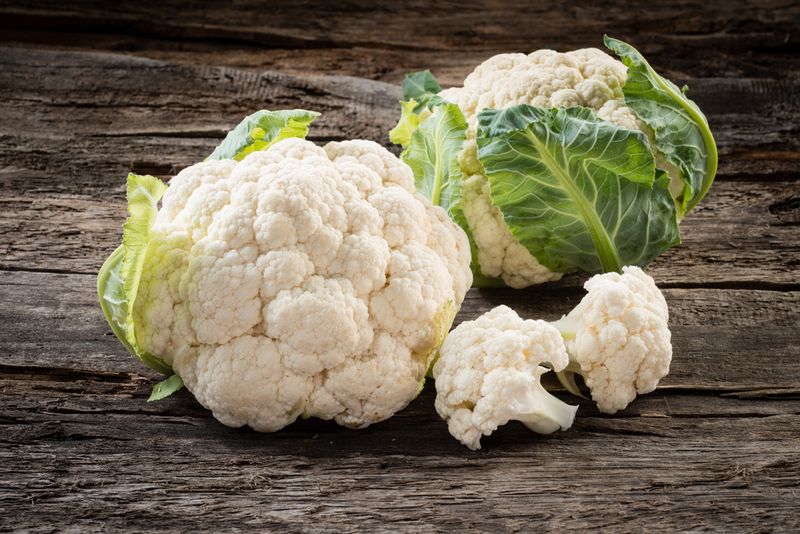
Cauliflower is a versatile vegetable, often used as a low-carb substitute in various dishes. Its mild flavor and fluffy texture make it adaptable to many recipes such as rice or pizza crust. This cruciferous vegetable is rich in vitamin C and fiber, supporting immune function and digestive health.
Interestingly, it shares ancestry with broccoli, kale, and Brussels sprouts. Roasting enhances its natural sweetness, making it a favorite among vegetable lovers. Including cauliflower in your diet can offer a nutritious alternative to starchy foods.
10. Asparagus
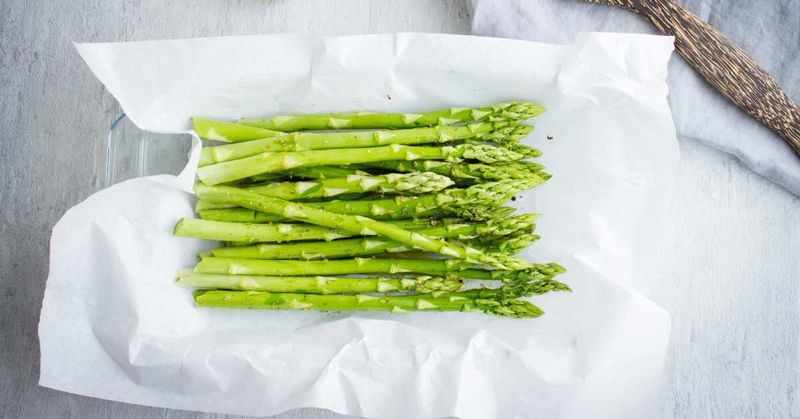
Delicate yet flavorful, asparagus is a springtime favorite. High in vitamin K and folate, it supports bone health and cellular function. These green spears are best enjoyed lightly steamed or grilled, bringing out their tender, slightly sweet flavor.
Its diuretic nature helps flush out excess salt and fluid from the body, supporting kidney function. Enjoy asparagus as a side dish or in salads to reap its nutritional benefits. It’s both elegant and nourishing.
11. Zucchini
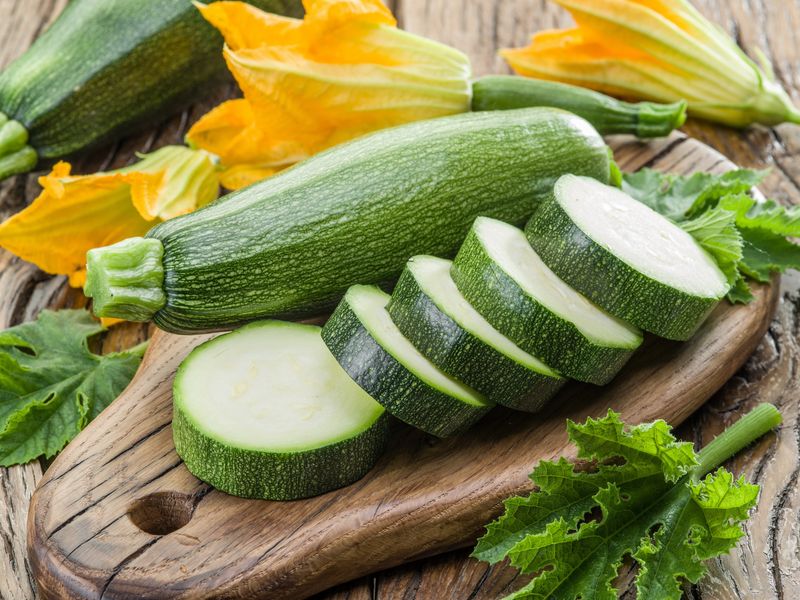
A summer squash, zucchini is celebrated for its mild flavor and versatility. Low in calories yet high in fiber, it supports weight management and digestion. Its tender texture makes it perfect for grilling, baking, or adding to stews.
It pairs well with various ingredients, making it a staple in Mediterranean diets. Whether spiralized into noodles or baked into bread, zucchini provides a healthy dose of vitamins and minerals. A versatile gem.
12. Kohlrabi
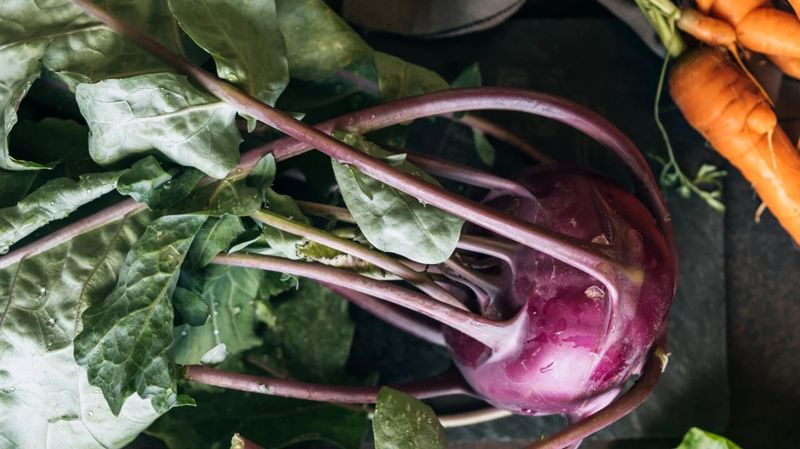
Though intriguing in appearance, kohlrabi is not essential for daily consumption. Originating from Europe, it boasts a crisp texture, similar to a radish. It’s often used in salads for a refreshing crunch. While it provides fiber and vitamin C, these nutrients can be sourced from more commonly consumed vegetables like broccoli or peppers.
Its unique aesthetic makes it a fun addition to dishes, but it’s not a staple. The mildly sweet, peppery flavor can be an acquired taste. Enjoy kohlrabi occasionally for variety, not necessity.
13. Iceberg Lettuce
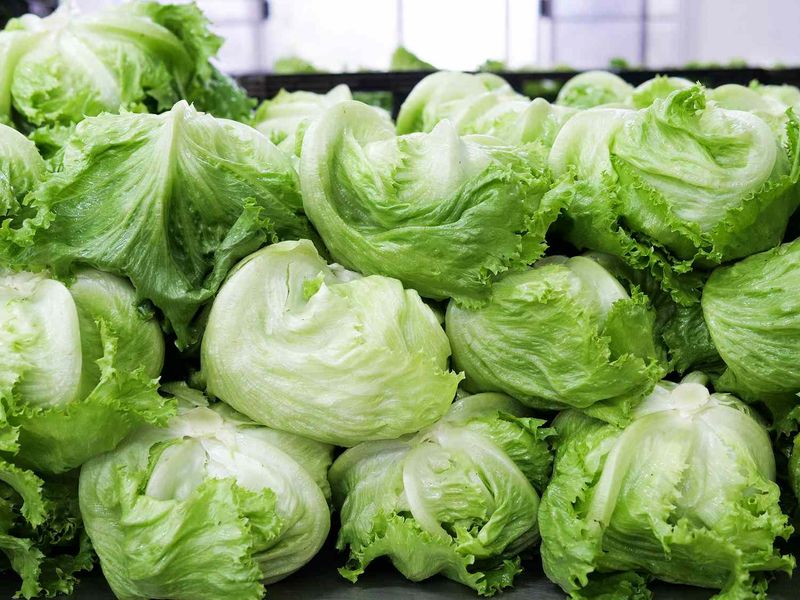
Known for its crisp texture, iceberg lettuce is often found in salads and sandwiches. However, it offers minimal nutritional value compared to other leafy greens. Its high water content makes it refreshing, yet not nutrient-dense.
While it adds crunch, darker greens like spinach or kale provide more vitamins and minerals. Originating from the Mediterranean, iceberg lettuce became popular in the U.S. for its mild flavor. Though refreshing, it’s not essential for a balanced diet. Consider using it occasionally for texture rather than nutrition.
14. Potatoes
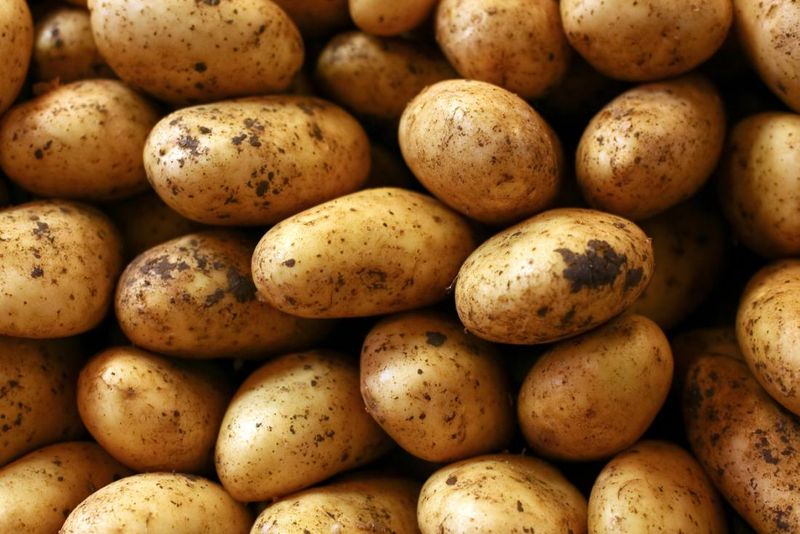
Potatoes are a global staple, known for their versatility and comfort food status. Despite their popularity, they’re not crucial for daily nutrition. High in carbohydrates, they can contribute to weight gain if not consumed in moderation.
While they provide vitamin C and potassium, similar nutrients can be obtained from more nutrient-dense vegetables. Historically, potatoes were a life-saving crop in Europe, yet modern diets can afford to limit their intake. They make excellent occasional treats, especially when mashed or roasted. Balance is key.
15. Cabbage
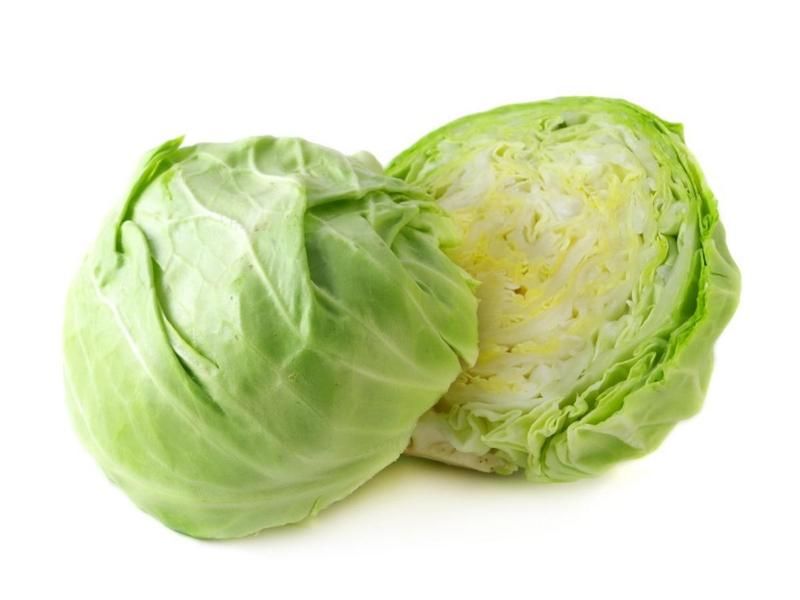
Cabbage, with its crunchy texture and slight peppery flavor, is a staple in many traditional dishes. While it offers vitamin K and fiber, these nutrients are abundant in other vegetables like kale or Brussels sprouts. Its versatility makes it popular in slaws and stews.
Despite its widespread use, cabbage isn’t essential for daily meals. Historically, it was a peasant food in Europe, valued for its storage life. Enjoy cabbage occasionally to add variety, but prioritize more nutrient-rich greens for daily consumption.
16. Mushrooms
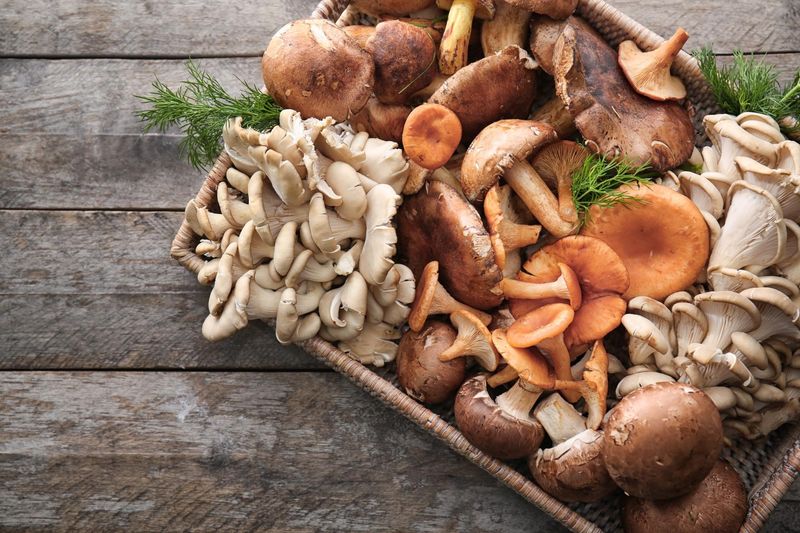
Mushrooms, with their earthy flavor and meaty texture, are a popular culinary ingredient. While they offer some nutrients like selenium and vitamin D, they aren’t essential for daily nutrition. Mushrooms are a great addition to dishes for umami flavor, but similar benefits can be obtained from other sources.
They have been cultivated for centuries, treasured by various cultures. Though not a dietary necessity, they are beloved for their unique taste and versatility. Use mushrooms to enhance meals, but they aren’t a must-have.
17. Eggplant
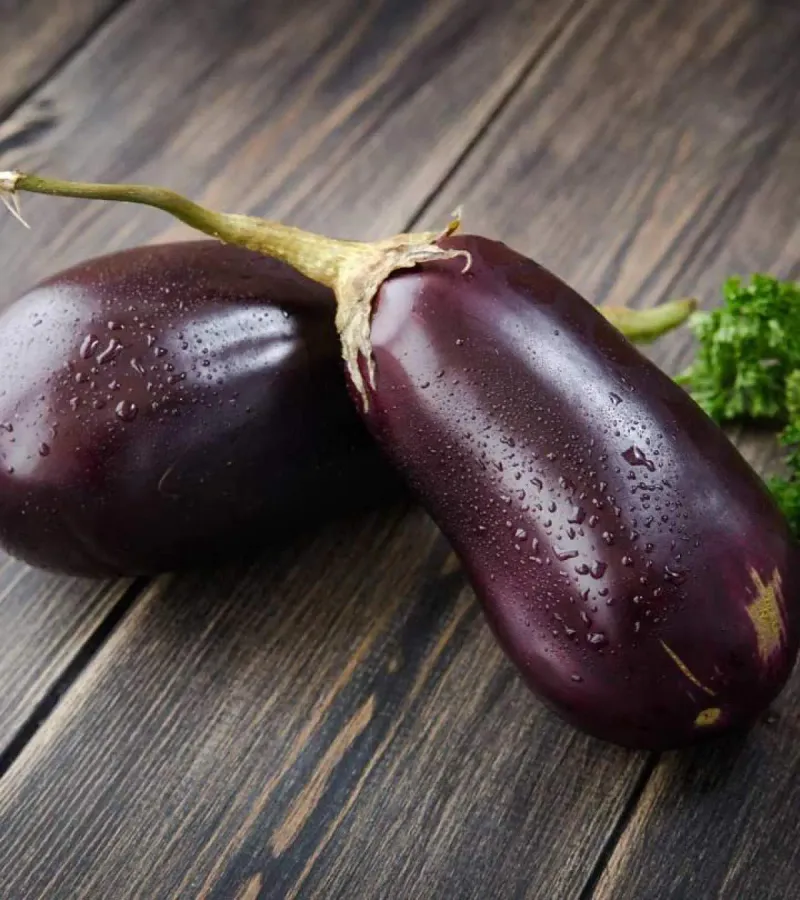
Eggplant, with its unique texture and slightly bitter taste, is known for its culinary versatility. While it offers fiber and some vitamins, other vegetables provide greater nutritional benefits. Its spongy flesh absorbs flavors well, making it a favorite in dishes like ratatouille.
While it’s enjoyable, it’s not a necessity for daily health. Consider using eggplant to diversify meals, but focus on more nutrient-dense options for regular consumption.
18. Corn
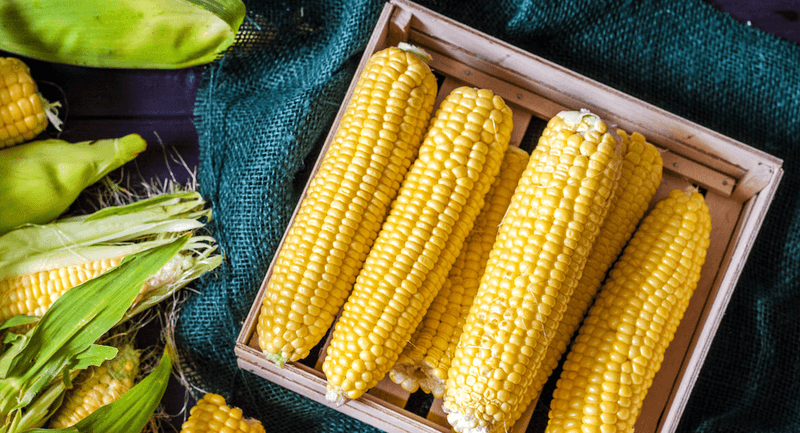
Corn is a beloved vegetable, celebrated for its sweetness and versatility. However, it’s not vital for daily nutrition. High in sugars and starch, corn can contribute to elevated blood sugar levels if consumed excessively.
While it offers some B vitamins and fiber, these can be found in more nutrient-rich vegetables. Corn has been a staple in the Americas for centuries, yet modern diets can thrive without it. Enjoy corn as a treat rather than a staple, complementing your meals with more nutrient-dense options.
19. Turnips
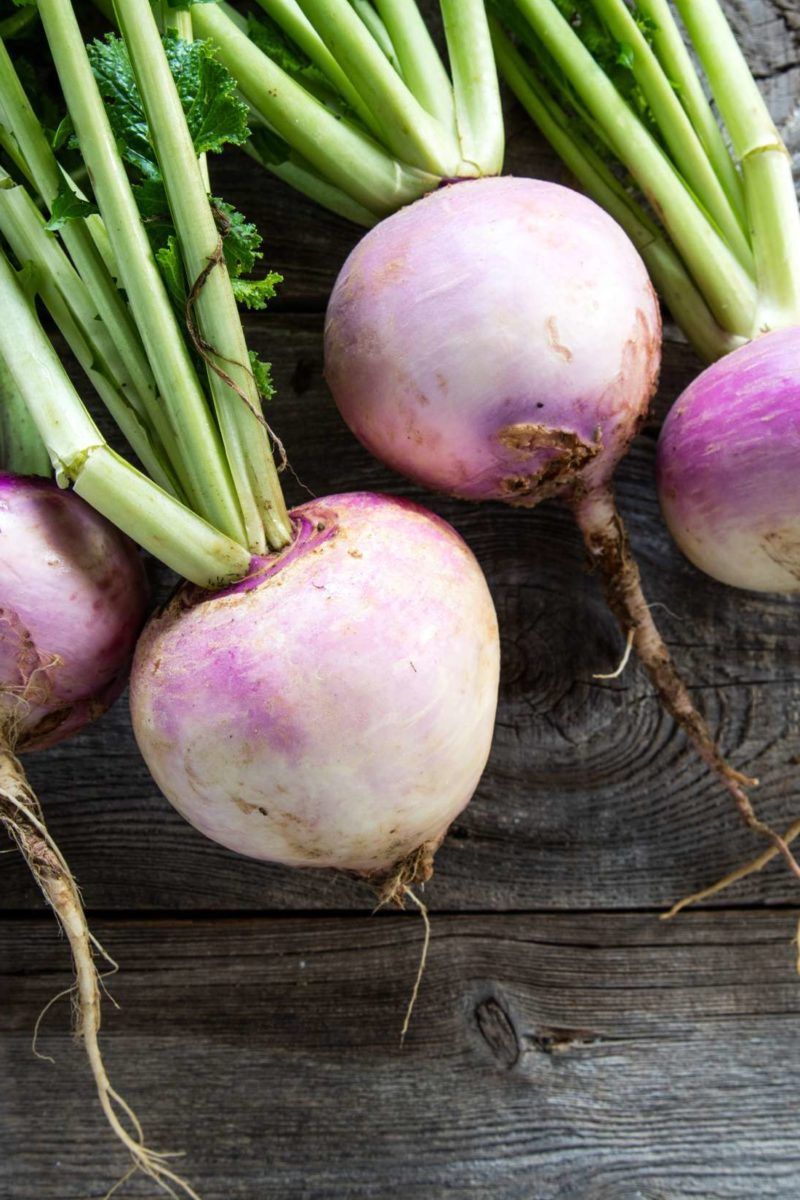
With their mild flavor and crunchy texture, turnips are often used in stews and soups. They provide some vitamin C and fiber, yet these benefits are more plentiful in other vegetables. Originating from Asia, turnips were a common food during ancient times.
While they add interest to meals, they aren’t essential for everyday nutrition. Turnips can be a fun addition to diversify your vegetable intake, but focus on incorporating more nutrient-dense options like carrots or beets for daily consumption.
20. Watercress
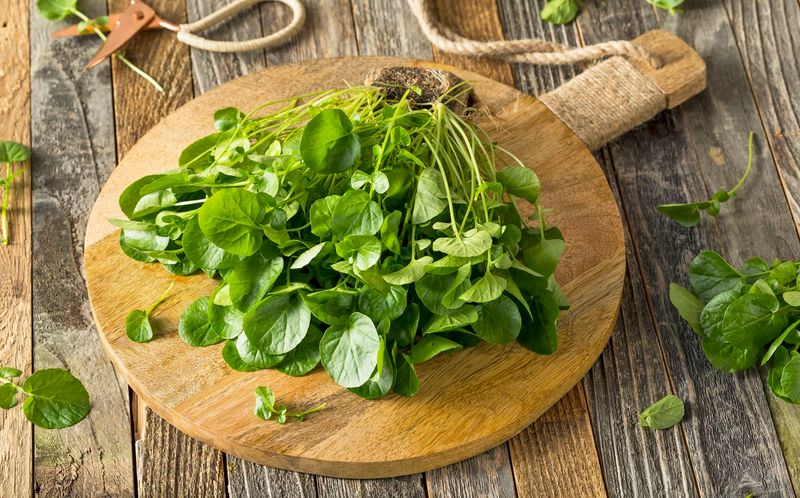
With its peppery flavor and delicate leaves, watercress is an attractive addition to salads. While it provides some vitamins like K and C, these can be more effectively sourced from other leafy greens. Its role is more of a garnish than a nutritional powerhouse.
Although it’s a flavorful addition, it’s not necessary for daily health. Watercress can enhance dishes with its distinct taste, but prioritize more substantial greens for everyday nutrition.
21. Okra
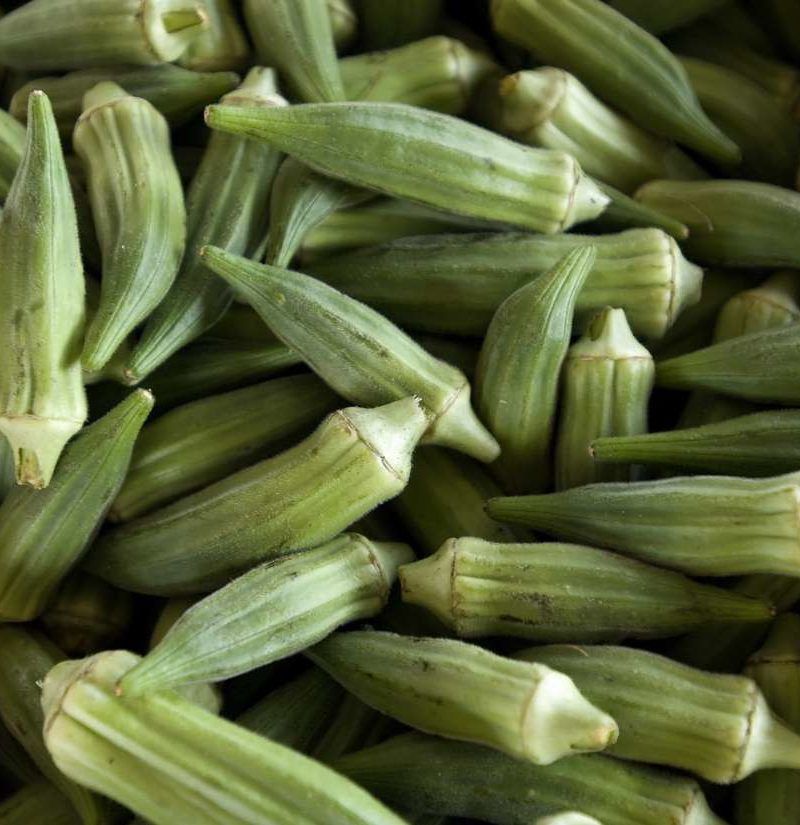
Known for its slimy texture, okra is often used in traditional Southern and Creole cooking. While it contains some fiber and vitamins, other vegetables offer more comprehensive nutrition. Its unique texture can be divisive among eaters.
Though it’s a flavorful ingredient, it’s not critical for daily dietary needs. Enjoy okra in stews and gumbos for its rich flavor, but don’t rely on it as a primary vegetable source.
22. Rutabaga
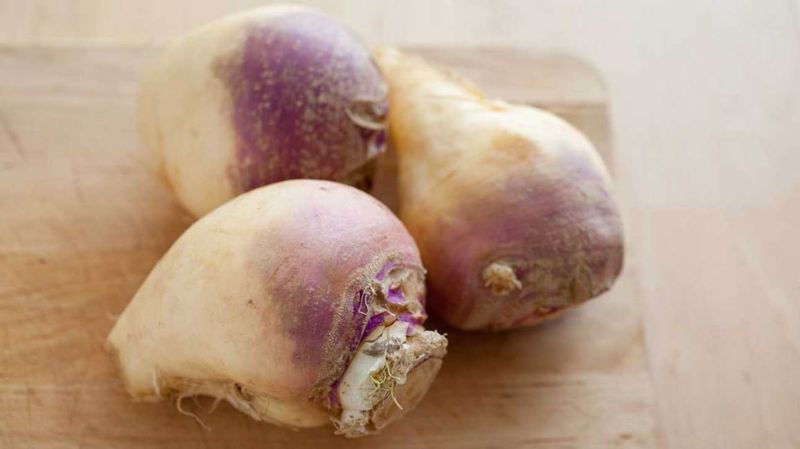
A hearty root vegetable, rutabaga is often used in winter stews and casseroles. While it provides some vitamin C and fiber, these nutrients are more abundant in other vegetables. Its sweet, earthy flavor can enhance savory dishes.
Though filling, it’s not essential for daily nutrition. Consider rutabaga as an occasional addition to diversify your meals, but focus on incorporating more nutrient-rich options for regular consumption.
Leave a comment